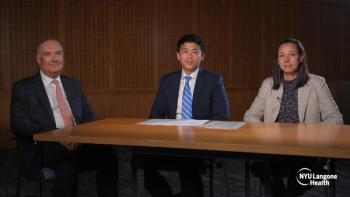
Ways to optimize control for seasonal allergies
Clinicians share their thoughts on the roles of a dual-acting antihistamine/mast cell stabilizer and topical ester corticosteroid in the management of seasonal allergic conjunctivitis.
TAKE HOME
Clinicians share their thoughts on the roles of a dual-acting antihistamine/mast cell stabilizer and topical ester corticosteroid in the management of seasonal allergic conjunctivitis.
Dr. Blaiss
By Cheryl Guttman Krader; Reviewed by Gregg J. Berdy, MD, and Michael S. Blaiss, MD
Many different treatments can be used to control signs and symptoms of seasonal allergic conjunctivitis (SAC). From the perspective of both an allergist and an ophthalmologist, a dual-acting antihistamine/mast cell stabilizer should be the cornerstone of care.
“When patients are suffering with itching, watery eyes, and ocular redness from spring and fall allergies, the medications that work best to relieve these problems are the topical dual-acting antihistamine/mast cell stabilizers,” said Dr. Blaiss, an allergy specialist and clinical professor of pediatrics and medicine, University of Tennessee Health Science Center, Memphis.
These agents mitigate the acute effects resulting from binding of histamine to its receptors and prevent the release of other mediators involved in the late-phase inflammatory reaction that also occurs in SAC, he said.
“An antihistamine alone will not decrease the inflammation. On top of that oral antihistamines-even the second-generation agents-have anticholinergic activity, which, in some patients, can lead to ocular dryness that can exacerbate some of the symptoms of SAC,” Dr. Blaiss said. “Decongestant eye drops affect only ocular redness and can have rebound effects, and agents that only act to stabilize mast cells must be dosed multiple times a day and used for several days before they work.”
Gregg J. Berdy, MD, FACS, assistant professor of clinical ophthalmology, Washington University School of Medicine, St. Louis, MO, noted that patients with SAC presenting for medical care have often already tried nonpharmacologic strategies-such as allergen avoidance, cold compresses, and artificial tears without success, as well as over-the-counter anti-allergy medications.
Immediate relief, controlling symptoms
The primary aim in treating these patients is to give them immediate relief, but the chosen agent should also be effective for controlling future symptoms, Dr. Berdy said.
“Among the medications available by prescription that are indicated for treatment of allergic conjunctivitis, only the dual-acting antihistamine/mast cell stabilizers achieve both of these goals,” Dr. Berdy said. “Agents that only stabilize the mast cell are best used prior to the onset of symptoms, and a nonsteroidal anti-inflammatory drug has no effect on histamine and other preformed mediators released from the mast cells.”
Fortunately, there are several good dual-acting topical anti-allergy products to choose from, of which bepotastine besilate 1.5% (Bepreve, Bausch + Lomb) is one. Clinical trial data have established that bepotastine is extremely efficacious in controlling SAC symptomatology.
“Clinical trial data show that bepotastine is very rapid-acting,” Dr. Berdy said. “Testing using the conjunctival allergen challenge model showed bepotastine had a statistically significant benefit in relieving ocular itching within 3 minutes.”
He added that there are also data to show that patients with allergic rhinoconjunctivitis using bepotastine achieved improvement in certain nasal symptoms, and safety data establish that bepotastine is very comfortable on instillation.
“In the clinical trials, bepotastine was rated as more comfortable than placebo,” Dr. Berdy said.
Dr. Blaiss also observed that tolerability problems are minimal with bepotastine.
“Comfort is particularly important when treating pediatric patients who will resist treatment with a product that causes a lot of burning and stinging,” he said.
Benefits of convenient regimen
Bepotastine is recommended for twice-daily dosing, which is a convenient regimen but also can be very beneficial for maintaining symptom control during times when allergen levels are very high, Dr. Blaiss noted.
Dr. Berdy observed that some patients may find once-a-day administration sufficient for controlling their symptoms.
“I tell my patients to use one drop of bepotastine in each eye in the morning and let them judge the need for a second drop later in the day,” he explained.
As another advantage, bepotastine comes in a 10 ml-bottle size, which for many patients is enough to provide a 2-month supply with just 1 co-payment.
“With its large bottle size, bepotastine can also be more cost-effective for patients than some other products within this class,” Dr. Blaiss said.
Managing acute SAC flare
Though a dual-acting antihistamine/mast cell stabilizer can act rapidly to relieve ocular itching, patients with severe SAC wanting rapid relief from redness and swelling or whose condition is not adequately controlled by a dual-acting anti-allergy agent are best served by treatment with a topical corticosteroid. The ester corticosteroid, loteprednol etabonate 0.2% (Alrex, Bausch + Lomb), offers an excellent option for managing an acute SAC flare.
“In my experience, patients respond rapidly to loteprednol etabonate 0.2%,” Dr. Blaiss said. “After just a few weeks, their condition may be stabilized and then they can be managed on a more chronic basis using a dual-acting anti-allergy agent.”
He noted that based on the published studies investigating loteprednol etabonate 0.2% for the treatment of allergic conjunctivitis, he feels very comfortable prescribing it for several weeks.
“A short course of treatment with loteprednol etabonate 0.2% seems very safe in terms of risks of increased IOP or glaucoma, and I find a short duration is usually adequate to control severe symptoms of SAC,” Dr. Blaiss said. “However, I would refer patients who seem to require more persistent corticosteroid treatment to an ophthalmologist for further evaluation.”
According to the prescribing information, there was only a 2% incidence of significant IOP elevation among about 900 patients treated with loteprednol etabonate 0.2% for ≥28 days in randomized, controlled clinical trials.
“Certainly, this corticosteroid is very safe to use for 2 to 4 weeks for the management of severe SAC,” Dr. Berdy said.
Dr. Berdy noted that in severe cases of SAC he sometimes uses the corticosteroid concomitantly with a dual-acting anti-allergy agent and continues the latter medication after tapering patients off the corticosteroid. Long-term safety is excellent for the dual-acting anti-allergy agents, which is an important consideration because patients diagnosed with SAC may also be suffering with perennial allergic conjunctivitis.
“We are seeing more and more patients with allergy to dust mites, animal dander, or cockroach droppings that have problems with allergic conjunctivitis year-round,” he said. “Perennial allergic conjunctivitis is an underrecognized problem, but is important to diagnose and can be safely and effectively treated.”
Gregg J. Berdy, MD
Dr. Berdy is a lecturer for and consultant to Allergan and Bausch + Lomb, and a lecturer for Alcon Laboratories.
Michael S. Blaiss, MD
Dr. Blaiss is a consultant to Allergan and Bausch + Lomb.
Newsletter
Don’t miss out—get Ophthalmology Times updates on the latest clinical advancements and expert interviews, straight to your inbox.


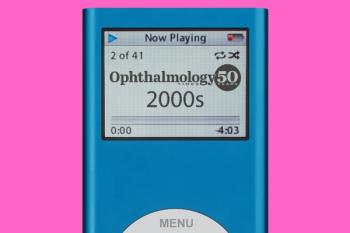


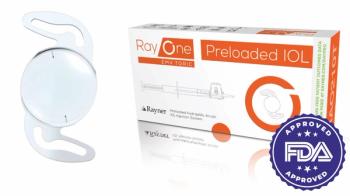



























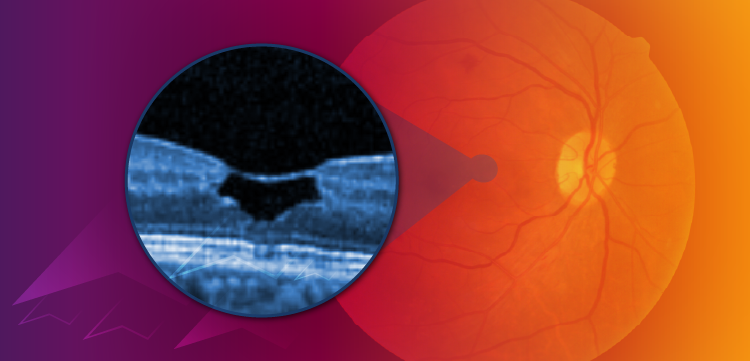
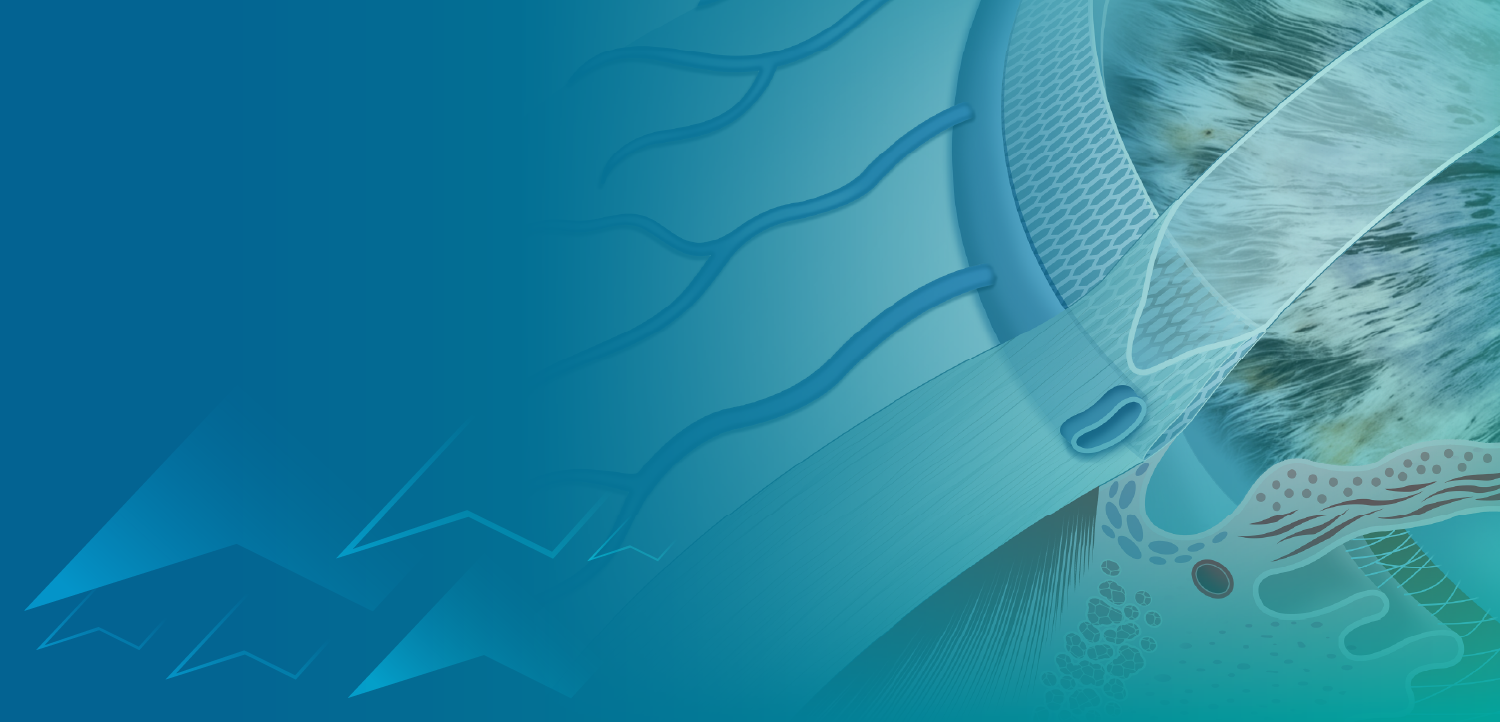



















.png)


